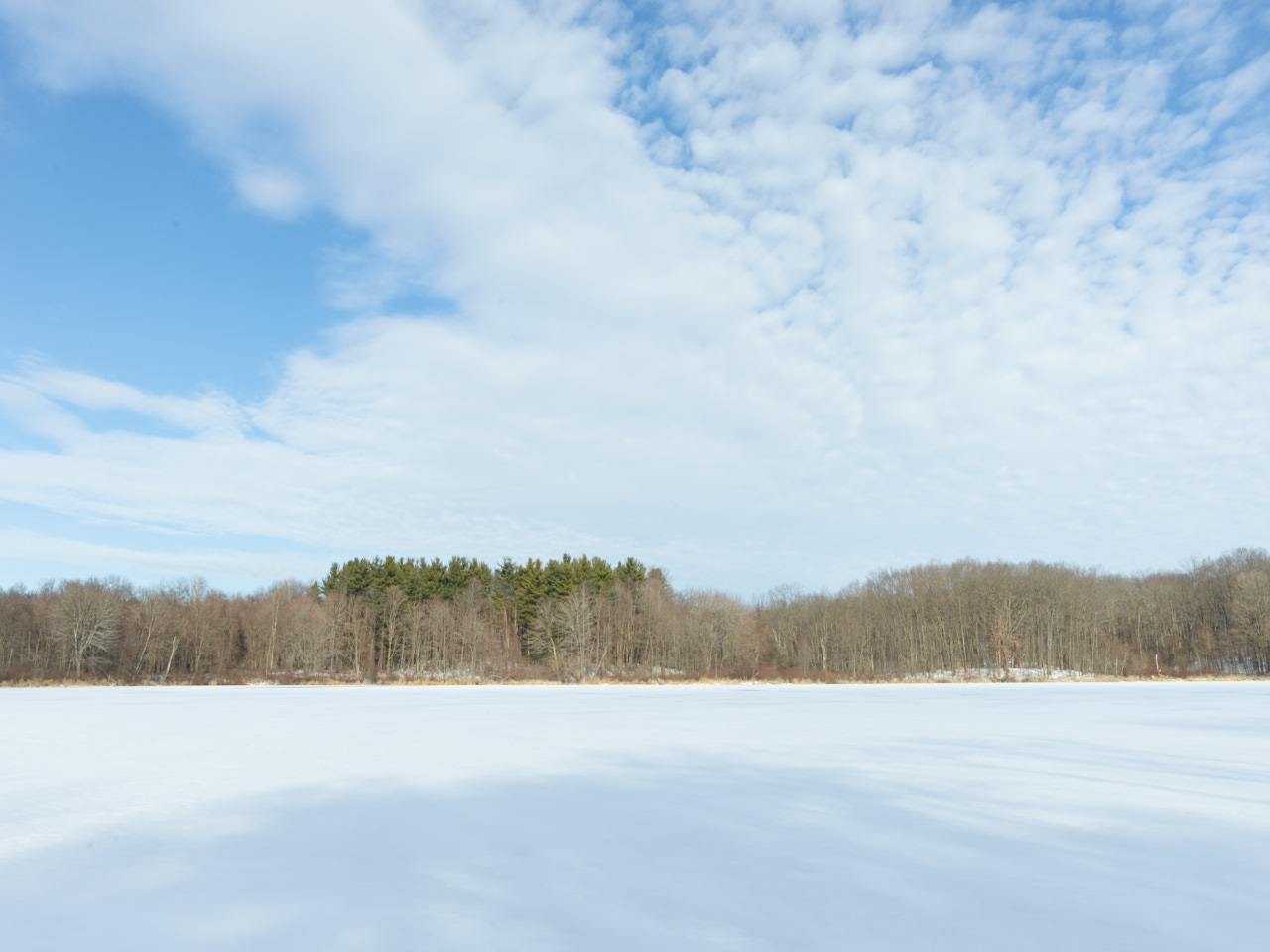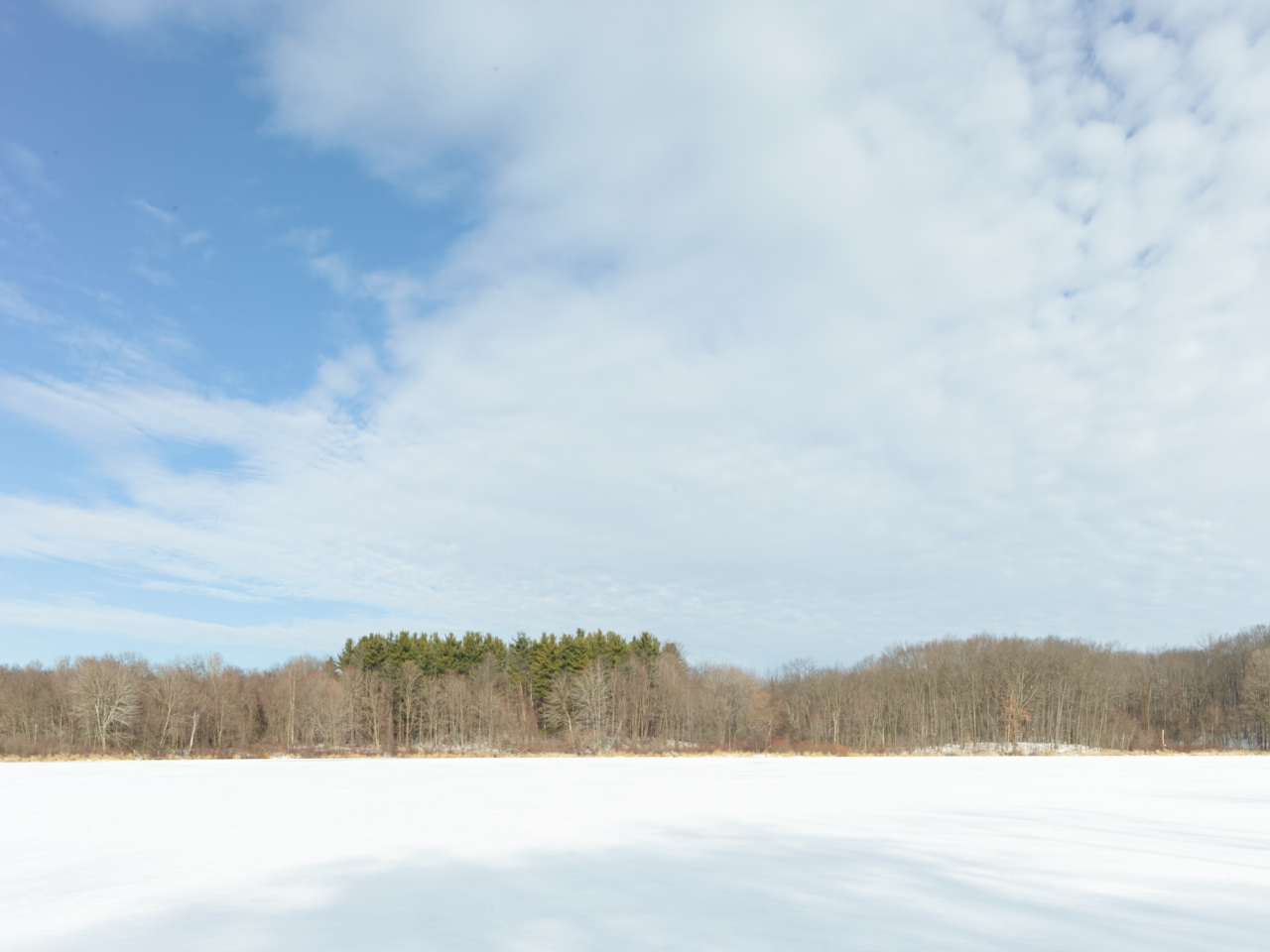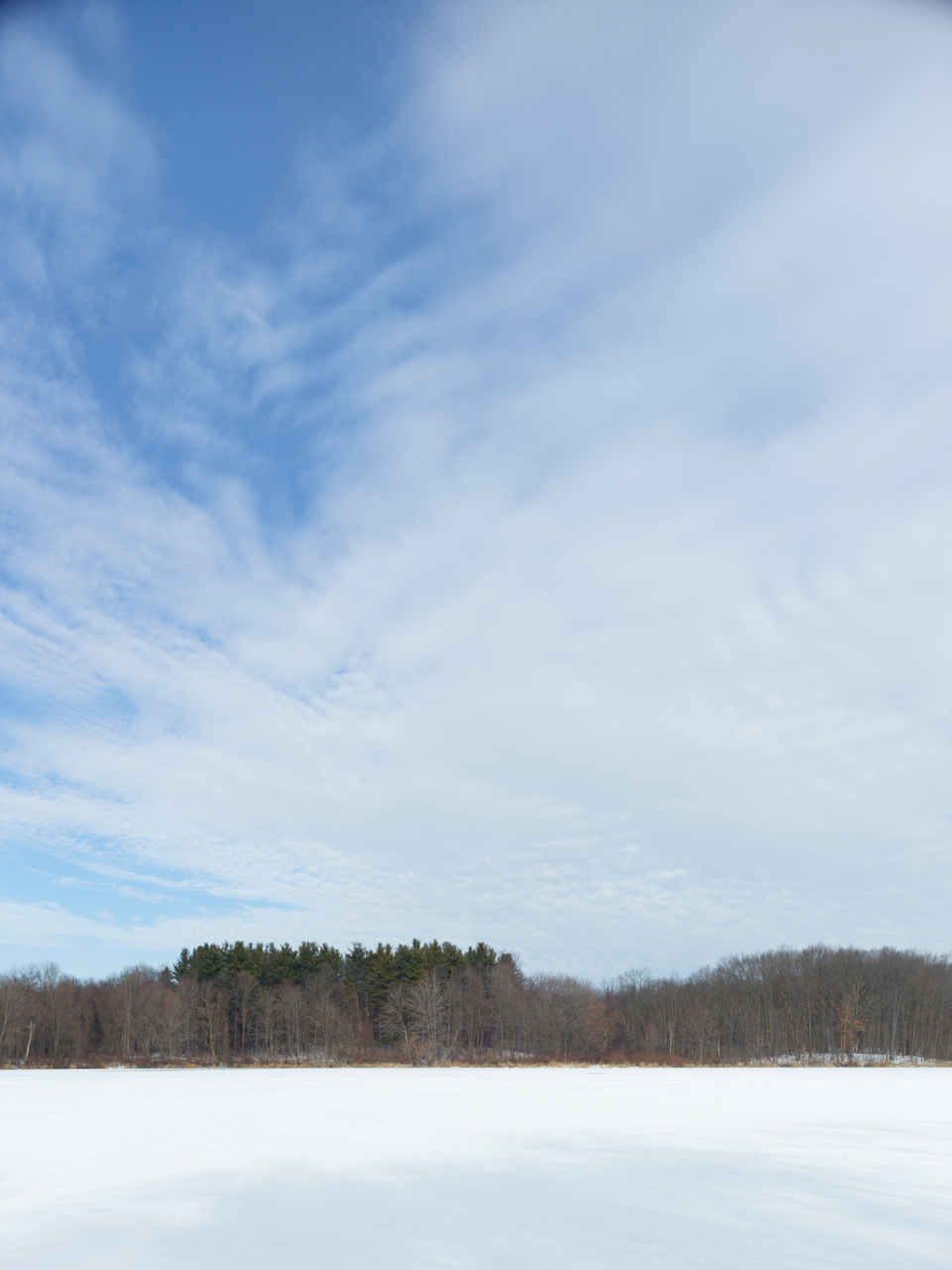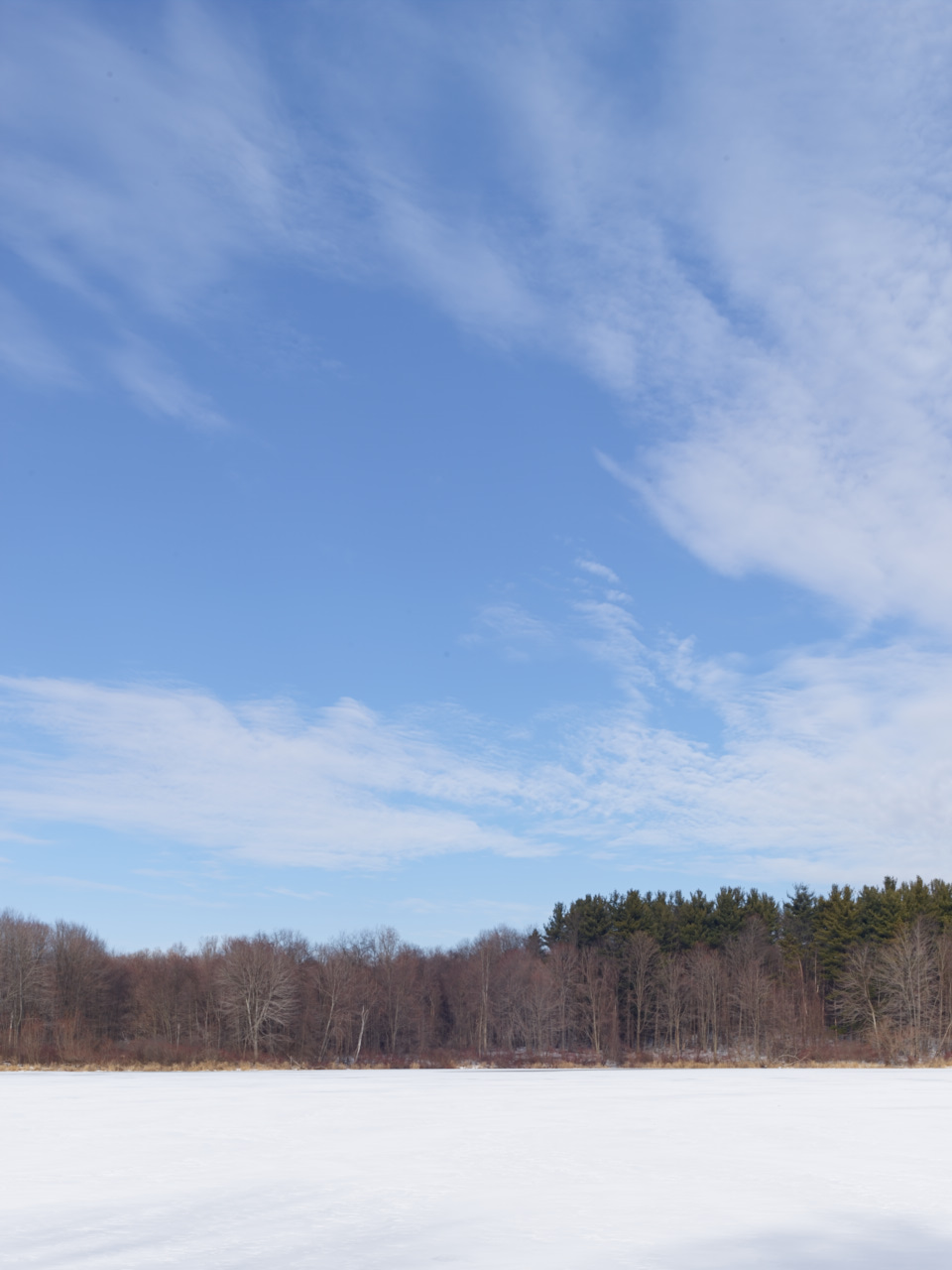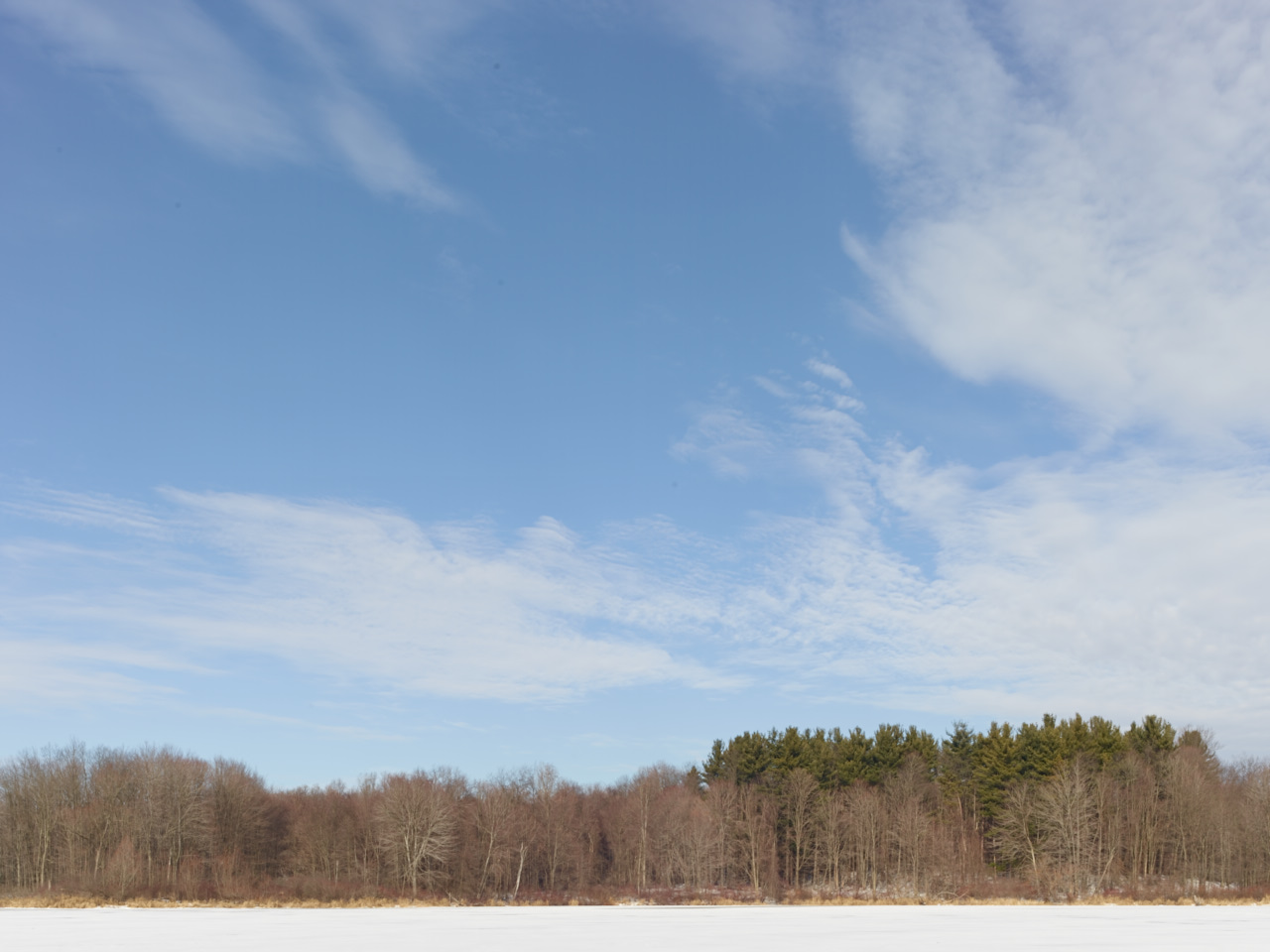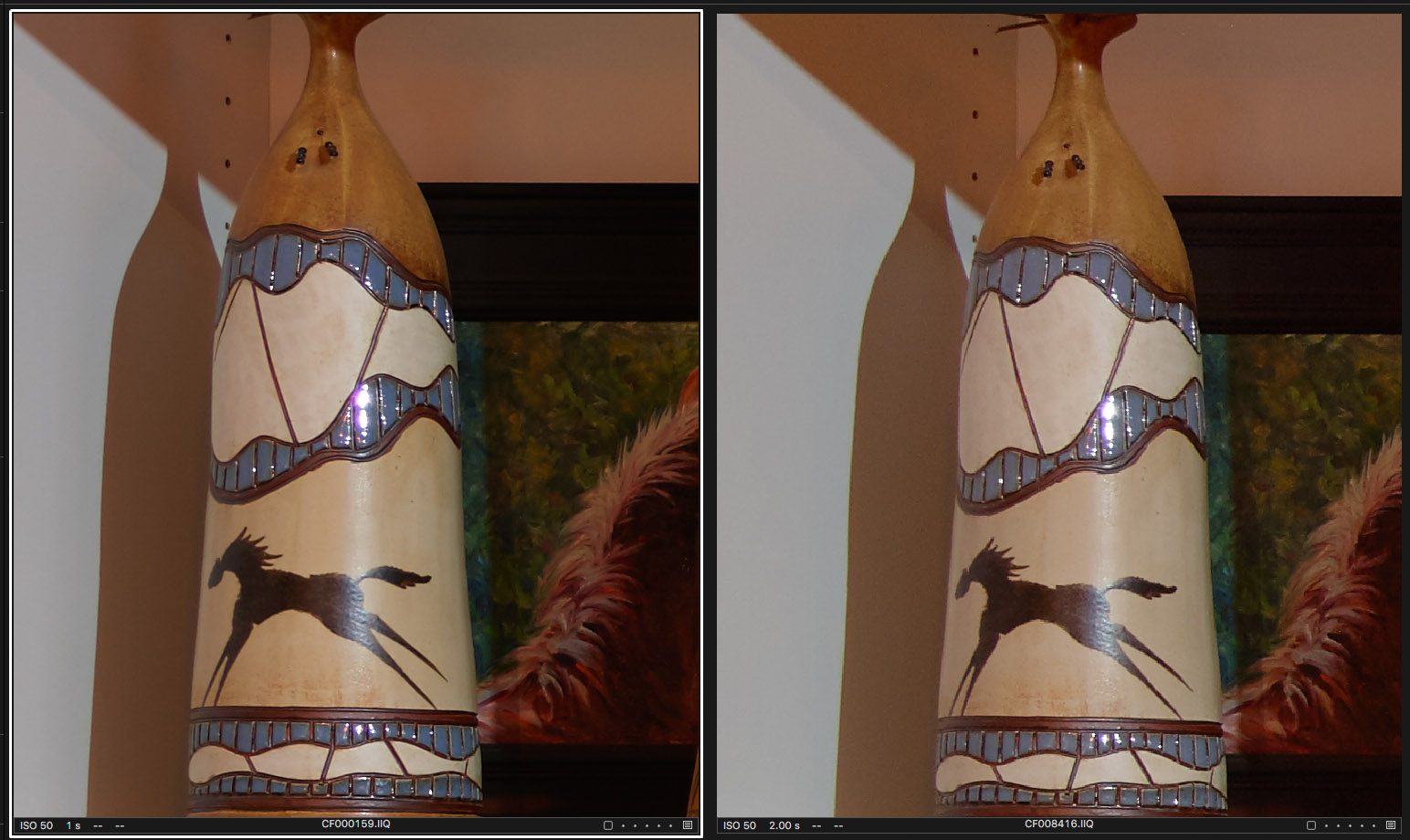OK Lets make something completely clear.
Images are owned by their creators unless made under a contract that says something different.
We assume though that folks that post images own them and thus control their usage.
We encourage the posting of images, after all it is not all about gear

but about the images we make with it. Some images are intended as art, some to illustrate some aspect of gear, processing or technique.
It is perfectly fine to ask to use an image for a test or some other purpose such as variations on processing, but the key point here is that you MUST ask and get permission and furthermore your request MUST say what you intend to do with them.
Any questions?
Good, now carry on.
-bob







